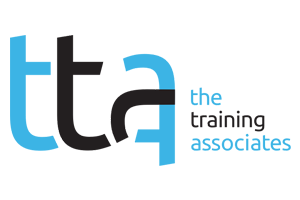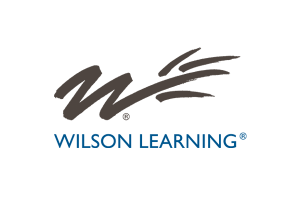Your team may be small and located in a single office. Or, it could be large and scattered around numerous countries and time zones. Either way, you’ll achieve more success by empowering each employee to identify and hone their unique strengths.
Every person comes into the workforce possessing some innate talents. For example, your administrative assistant may be able to negotiate deals like a professional seller. Or perhaps your new hire, currently in a junior position, has a gift for content creation that even seasoned peers can’t match. These raw gifts shouldn’t go unnoticed or be allowed to sit in the background. On the contrary, your role as a leader is to help your direct reports acknowledge them so that they can build upon them and achieve their career goals.
Your whole team or department will reap the benefits when you make this effort. First, you’ll see a bump in engagement because everyone will be able to lean into their strengths, also known as their “comfort zones.” As of a 2022 Gallup poll, employee engagement was just 36%. One way to drive employee engagement is to enable your workers to do more of what they do best.
Another benefit to leveraging the inherent strengths of your team members is that you’ll be able to work more efficiently. For instance, you may shift some responsibilities to people who do things better or faster. Making calculated changes removes barriers to optimization and productivity, allowing more work to be accomplished without more effort.
A final benefit to naming and claiming strengths among your core players is the likelihood that you’ll reduce attrition. According to a LinkedIn survey, turnover is especially high in many sectors, including among professional services firms and retailers. When employees are recognized for their talents and encouraged to pursue them, they have less reason to resign and work elsewhere.
How can you ensure you’re promoting the strengths of the employees you’ve been asked to lead? Try these suggestions.
1. Ask employees to complete strengths-based assessments.
A quick way to assess workers’ strengths is to use one of the many professional assessments on the market. Choosing one already created and vetted is better than establishing an in-house version. Otherwise, you might run into problems related to errors or biases. A few of the most widely used employee strengths assessment tools include Gallup’s CliftonStrengths, the VIA Character Strengths Survey, and the HIGH 5 Test. (It’s worth mentioning that the last two are free if you’re strapped for funding.
2. Align task assignments with individuals’ strengths.
After everyone takes your preferred strengths assessment (and you should too, by the way) you can start to look at your team member’s job duties and responsibilities. Ask each team member to write down their regular responsibilities. Then, examine the list with your team. Are there any duties that one team member might better complete over another? No task is too small or seemingly “insignificant” to move to someone else’s plate. Just be sure that everyone realizes why you’re making changes and that these are positive moves rather than negative ones — and don’t suddenly overload one person with many added to-dos. That’s a recipe for discouragement and stress.
3. Offer professional development opportunities.
Just because someone has a strength doesn’t mean they have all the skill sets or capabilities to make the most of the talent. That’s where professional development comes into the mix. Look for ways to upskill your team members so that they can lean into their strengths. Your workers will probably respond favorably, especially those from younger generations. Both Millennial and Gen Z workers say they want more training. Almost three-quarters told researchers they would leave a job if they weren’t getting trained. Encourage your team members to participate in online or in-person certificate programs, workshops and peer-to-peer learning sessions, among other professional development activities.
4. Celebrate strengths.
It’s not just enough to recognize the strengths of your team members. As a leader, you should make a point to celebrate their “wins” and reiterate how they benefit your entire team. For example, you might highlight a worker’s achievements in daily or weekly meetings. Or, you could give out annual awards based on the outcomes of individual strengths in action. When strengths are mentioned and recognized, they become more important to everyone. Plus, your team members will show more motivation to reach key goals when they know their achievements will be celebrated.
Your team likely has many hidden talents you don’t know about. By assessing their skills, encouraging professional development and celebrating their wins, you can harness their individual strengths for better team — and business — performance.









